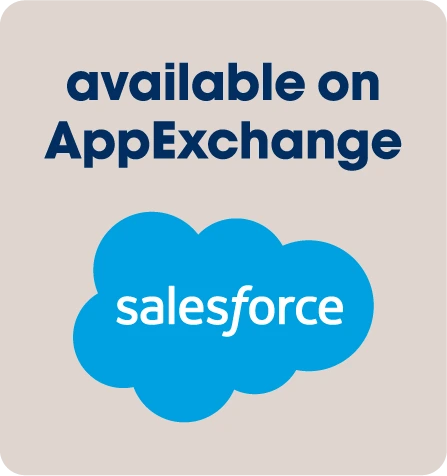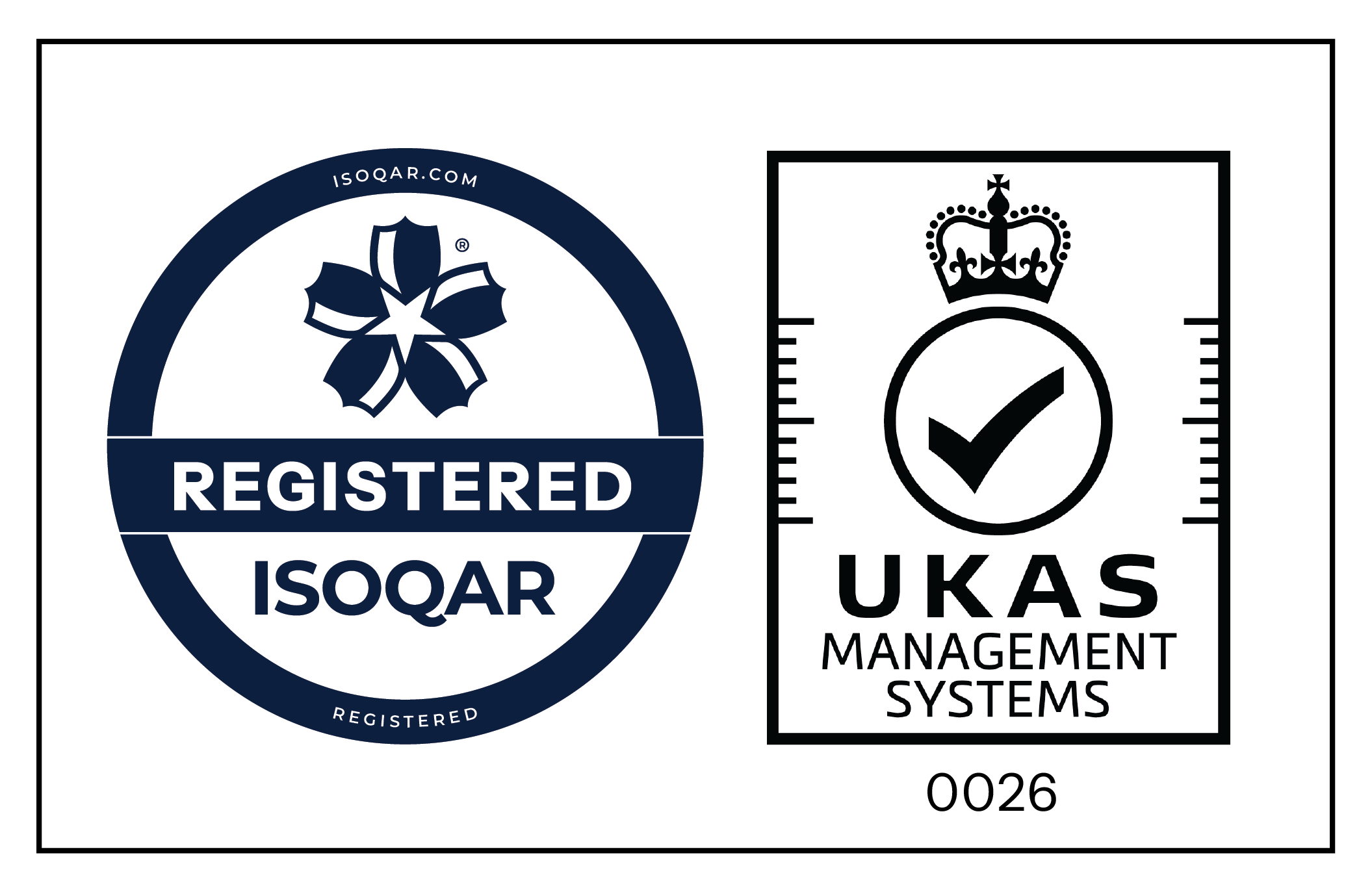Salesforce is reckoned as an industry leader and game changer for CRM and cloud technology for businesses. Since the dawn of this millennium, this powerful platform has been helping companies to improvise sales operations, product innovation, and customer satisfaction.
Salesforce can be seamlessly integrated with many applications in a few clicks, opening the floodgates to vast unknown resources with unmatched visibility. However, the onus is on understanding these offerings’ true meaning and potential, which often becomes too challenging for businesses to grasp without aid.
Therefore, we have compiled this detailed guide to offer critical insights and understand the expansive world of Salesforce integration for buyers. Read on!
First Things First: Understanding Salesforce
The world’s leading customer relationship management (CRM) platform, Salesforce can be understood as a cloud-based platform that businesses can use across marketing, sales, commerce, services, and IT, to name a few. The popular platform has essentially transformed enterprise software delivery across industries, requiring no IT experts or coders to leverage its services.
Businesses across the globe use Salesforce today to connect with customers and establish meaningful relationships with them. This is because the platform can be used to build customer-centric applications that identify needs faster and address them with relevant solutions.
Salesforce is probably the most widely used CRM tool today, benefiting small and large businesses alike. Organisational operations can be broken down on the platform and the latest technologies integrated to automate the most mundane to complex tasks in a few taps.
Salesforce Integration: Processes and Options
While Salesforce is a powerful tool, its applicability can be widened, and productivity increased upon integration with relevant tools. Salesforce integration can be either application or code-based, depending on the user. Various in-built and third-party apps can be integrated with Salesforce for streamlining the CRM with business operations, besides reducing data duplication.
Salesforce can also be integrated using suitable programming languages, which the developer is free to choose based on ease of use, built-in support features, hosting, and API version applicability. While most integration occurs on enterprise-level applications, there are different layers you could integrate with Salesforce for desired quality, efficiency, and consistency outcomes.

User interface integration, for instance, would allow multiple app entries from a single platform, while business logic integration permits end-to-end business handling. Data integration, on the other hand, enables data synchronisation without coding. Integration could also differ based on the technical approach adopted, including rigid direct integration for two-way exchange and flexible server-based integration for greater data flow control.
Also Read: Top 5 Salesforce Integration Tools to Boost Your Productivity
Salesforce Integration Checklist
While several businesses would want to prioritise Salesforce integrations for faster results and optimal delivery, industry experts recommend keeping the following points in mind before stepping forward with Salesforce integration.
- Begin by identifying the type of involvement of the envisioned integration, whether real-time (good match to align dynamic verticals like sales and marketing) or batch (more common but suitable for less-changing data)
- Review what type and volume of information is to be moved between systems
- Assure authentication of the system
- Understand the technicalities behind data movement to Salesforce, and decide the best time for it likewise
- Have adequate information about configuration options
- Understand in-depth about performing integration on enterprise and unlimited data
- Gauge the needs for software adjustments, including upgrading, debugging, and so on
Common Mistakes Leading up to Failed Salesforce Integration
Unfortunately, most businesses cannot understand or review the requirements mentioned above when initiating Salesforce integration. More commonly, while the benefits of Salesforce integration are known generically, there is no expert to guide the process overall. This leads to businesses making some typical mistakes that cost them all the time, money, and effort they spend on such integrations. Some of them are:
- The integration project was initiated without a clear scope or outcome in mind
- Systems of record were not documented properly
- API limits were exceeded
- Destructive coding patterns was used for integration
- Data rate limits were ignored
- The improper system architecture was in place
- Real-time integration was misinterpreted, and so on.
The point to understand here is that Salesforce offers an almost infinite number of integration tools, turning the platform itself into a limitless experience for any business. However, companies may either not be equipped with a Salesforce expert or might be relying on an in-house consultant without exposure to the frequently changing updates at Salesforce.
While some Salesforce integration tools are basic and simple to set up and use, others can be quite complex, requiring dynamic expertise. Unless you have your limits set out, integration type chosen, relevant solution and integration pattern picked out, and data cleaned, duplicated, updated, and managed, you might end up failing time and again.
Is there a solution? Yes, with 200 OK.
Also Read: Successful Salesforce Integration – Top 5 Best Practices
Leverage the Benefits of Salesforce Integration with Us!
While Salesforce’s numerous built-in capabilities and integrations make it more and more indispensable, organisations cannot rely on the platform alone for all their needs. Salesforce integration processes require extensive technical knowledge and prior experience, which only a well-equipped team like 200 OK can provide you.
At 200 OK, we are helping our clients avail the multiple benefits of Salesforce integration, including one-stop access to a single data source, enhanced productivity, automated workflows, efficient data-sharing, and communication, to name a few.
As experts in Sales, Service, and Marketing Clouds, our team enables your business to seamlessly integrate various solutions and analytics to uncover actionable business insights. We also offer end-to-end Salesforce solutions tailored for niche industries along with opportunity evaluation for the entire life cycle.
Are you interested in extending your team with our certified Salesforce integration services? Request a consultation today and explore the benefits of hiring us as your strategic partner in enterprise data management!







